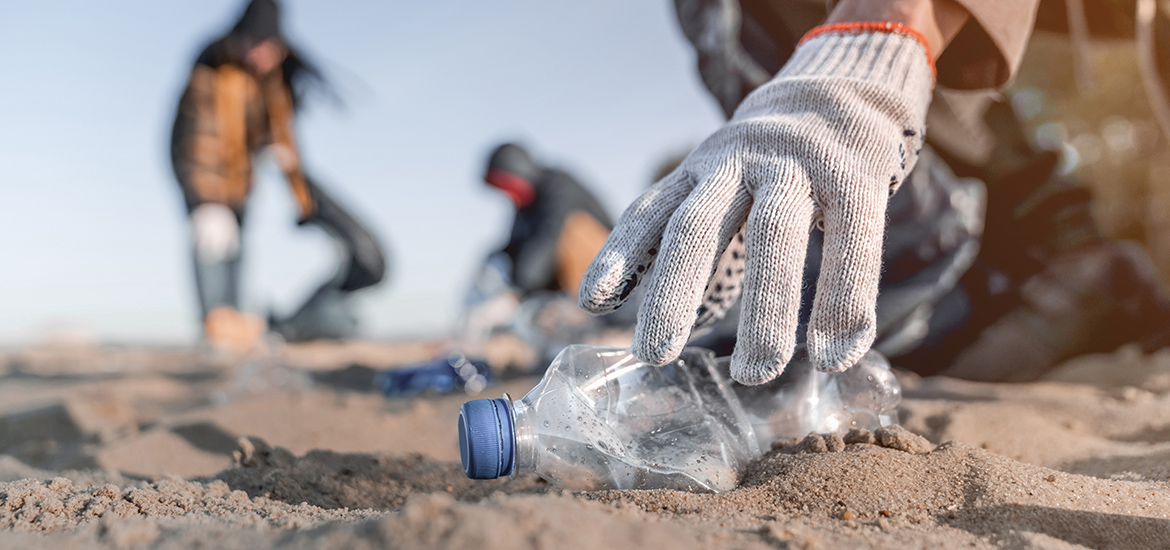Many people use plastic products because they are practical, versatile and colourful. Nevertheless, plastic is also harmful to the environment and health.
In the morning we pack our breakfast in a plastic box, in the afternoon we transport our food from the snack bar home in it. We wear it on our body, it keeps our food clean and fresh. Plastics fit in perfectly with our times: cheap to produce, easy to transport and convenient and quick to dispose of.
But the reality is quite different. Several million tonnes of plastic waste float in our oceans, which is why many fish and birds die because they confuse plastic with food. The reason for this? Plastic does not disappear so easily because it does not rot. Hundreds of years from now, every single piece of plastic that has ever been made and not burned will still exist somewhere on earth. Many countries are trying to avoid the plastic flood by exporting large quantities to other countries.
How can they reduce plastic in everyday life?
When shopping
– Shop more consciously and take enough cloth bags with you to avoid having to use plastic bags for fruit and vegetables.
– Do not transport your purchases in plastic bags, but in cloth bags, baskets or rucksacks
– Go shopping at the weekly market. There you will find fresh, unpacked fruit and vegetables, often even regionally and seasonally produced.
On the way
– Do you often buy coffee to go? Then take your returnable cup with you.
– Water in plastic bottles is easier to carry, but it actually tastes better in glass bottles. They are also bad for the environment and health, so make sure you fill your water in recyclable glass or steel bottles.
At home
– Even though plastic tableware is more practical at a party, porcelain tableware is the more environmentally friendly alternative.
– Children’s toys are often made of plastic, but toys made of wood are certainly healthier and don’t end up in the bin after a few months.









Leave A Comment
You must be logged in to post a comment.